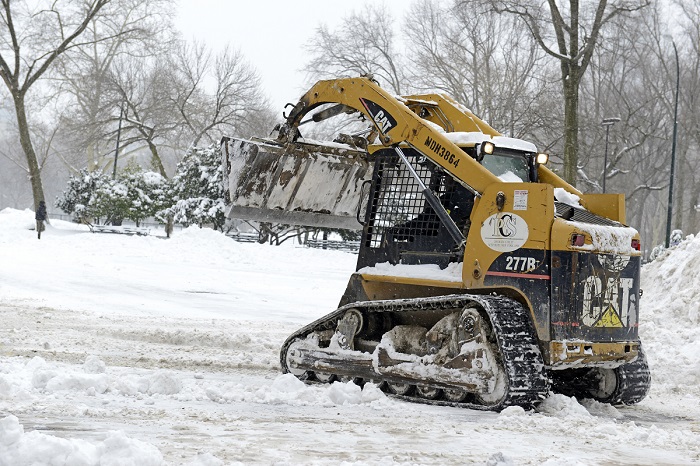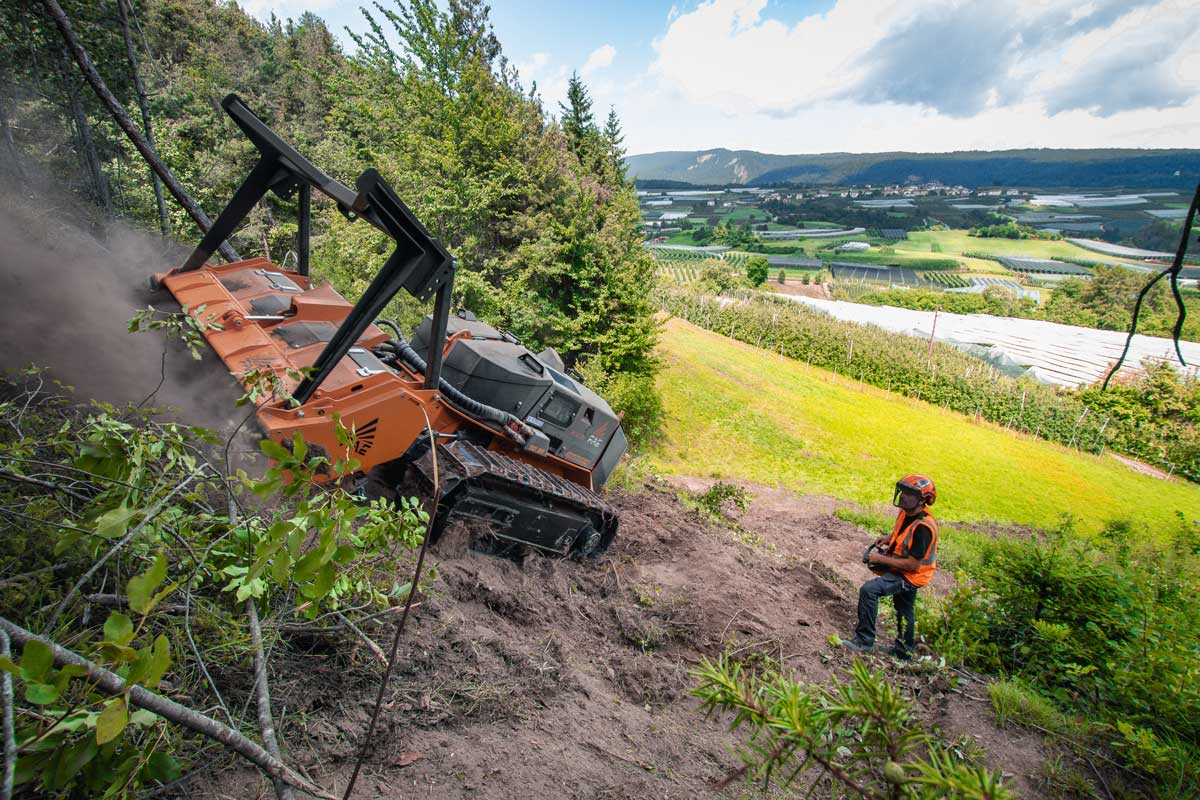11 Tips for Maintaining Equipment in Colder Weather

Article compiled by Equipment Trader
1. Inspect Equipment Daily
Because extreme temperatures can significantly impact your equipment, start to increase the number of visual inspections you perform as the weather cools down, conducting daily inspections during the freezing winter months. Inspect the electrical wiring, hydraulic hoses, batteries, tire pressure, and the undercarriage, looking for signs of wear, damage or clogged debris.
2. Change the Oil
It is advisable to conduct a complete oil change before and after the winter season. As the weather changes, you want to use oil that is appropriate for the outside temperatures, including engine, transmission, hydraulics, and final drive lubricants. Low viscosity oil flows more easily in the cold and puts less strain on your engine, making synthetic oil a preferable choice in the winter months (though it is more expensive).
3. Check the Oil
Even if you switch to synthetic oil during the colder months, always check to make sure the oil is fluid enough for proper flow before starting your machine in extreme cold. You may also consider having your local service shop perform a fluid analysis, which can help determine how oil, coolant, and fuel is used in your vehicle and can help you set an optimized maintenance schedule, during winter and all year-round.
4. Keep Batteries Charged
Batteries can lose up to half their strength in very low temperatures, meaning your equipment’s battery is working overtime in the cold. Regularly check the battery’s electrolyte levels and, if they are low, be sure to not overfill with water. Doing so can dilute the electrolyte and increases the risk of freezing. If you are storing the machine in extreme cold, the battery should either be insulated or removed and stored indoors at room temperatures.
5. Check & Replace Hydraulic Hoses
In colder temperatures, hydraulic hoses can become inelastic and may even crack. To avoid cold-related damage, warm up the hydraulic system for up to an hour before operating the attachments, then half-throttle the engine and engage attachments for a few moments before full operation. Even with those precautions, it’s a good idea to have spare hoses, seals, mounts, and fittings available during freezing weather.
6. Warm the Engine
Before using your heavy equipment in colder temperatures, run the engine until it reaches operating temperature, which helps ensure the intake and exhaust valves will not stick. Starting fluid can facilitate starting, but use caution as it can ignite too early and damage your engine. Block heaters can also accelerate engine warming. Once the machine has run for a while, cycle through the equipment’s functions, which distributes warmed oil to each of the machine’s moving parts.
7. Check Tires and Traction
Cold weather causes tires to lose air more quickly, decreasing fuel efficiency and making the engine work harder, so check your equipment’s tire pressure at the beginning of every shift. Using dry nitrogen to inflate tires in freezing temperatures can prevent the formation of ice crystals that contribute to deflation.
8. Use Caution Driving and Parking
In poor conditions following winter precipitation, maintain traction and control of your machinery by removing as much snow and ice as possible from the jobsite and then taking operations slowly. When parking, clear off any snow or ice from the tires and park on planks to avoid the tires freezing to the ground.
9. Keep the Tank Full (with the Right Fuel)
If ignored, fuel tanks and lines can freeze overnight in extreme cold, so drain the water from the separator and refill the tank with fuel at the end of each day. Fuel treatments may also be added to thaw frozen filters, liquify fuel that has thickened in the cold, and remove moisture from the lines and tank. You could also consider winter blend diesel, which lowers the temperature at which the fuel gels, but follow the OEM’s fuel recommendations, as the wrong blend can damage the engine.
10. Follow Safety Best Practices
Make sure your windshield and windows are kept clean and clear during the colder months, as frost and condensation can create dangerous blindspots. Ice can form on steps, grip plates, and grabs, so be careful to not slip when entering and exiting equipment, while also avoiding touching frozen metal with your bare skin as it can cause serious injury. Upgrading your equipment’s lights to LEDs can additionally improve visibility and endurance in winter conditions.
11. Smart Storage
Before storing your equipment, clean the undercarriage of the machine, which may have collected not only snow, but also salt or other de-icing chemicals that get placed on roads. Ideally, equipment will be stored in a heated facility to protect it from the elements and allow for faster and easier start-up. Short of being indoors, machinery should at least be covered to hide it from precipitation. If your equipment is stored long-term over the winter, detach any attachments so the hinges and joints avoid unnecessary wear from the constant pull of weight and gravity.




